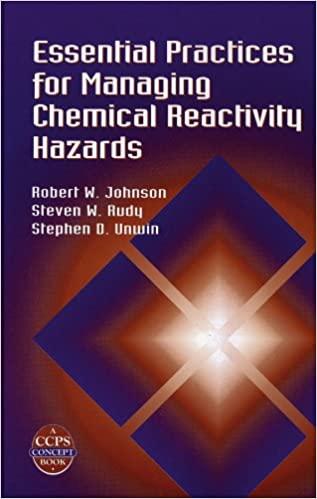
(a) One way of strengthening hydroxyapatite (HA) and ZrO2 to be used for orthopedic implants is to coat them onto Co-Cr and Ti-6AI-4V alloys to act as supports against tensile failure. The coating process is usually conducted at high temperature and then cooled down to room temperature. Assume that the critical temperature (ATC = 800C) and the strain in the ceramic is equal to the strain in the alloy. The elastic modulus and coefficient of thermal expansion for each of the bioceramics and metal alloys are listed below: 10 points Biomaterials EGPa) a (106C) HA 78 13.9 ZrO2 150 10.0 Co-Cr alloy 230 14.5 Ti-6Al-4V alloy 105 9.0 i) What would be the type of stresses (tensile or compressive) generated at each of the above bioceramic-metal alloy interface? Calculate the magnitude of those stresses and explain which interface(s) is/are expected to fail. ii) Calculate the compressive strength of each of the above two bioceramics when they are not bonded to the above two alloys. iii) If the stiffness of TZP is significantly lower than that of alumina, describe the toughening mechanism that makes the fracture toughness of TZP significantly higher than that of alumina. (b) A bioengineer is asked to make a composite material from Kevlar fiber and poly (methyl methacrylate) PMMA resin (as a matrix) for a bone plate. The following data are given: Material Kevlar fiber PMMA E (GPa) 130 3 Density (g/cm) 1.45 1.20 Strength (MPa) 2700 70 (i) What is the amount of Kevlar fiber in weight and volume percent required to make the modulus of the plate 100GPa? 1 point (ii) How many fibers are required if the diameter of the fiber is 5 um and the cross-sectional area of the specimen is 5 cm2 1 point (iii) How much stress in the fiber direction can the composite take? 1 point (iv) Calculate the modulus of elasticity of the composite plate in the fiber direction. 2 points (v) Calculate the modulus of elasticity of the composite plate in the direction perpendicular to the fiber direction. 2 points (vi) Compare the above two calculated values and estimate a modulus value if the composite plate is isotropic. 2 points







